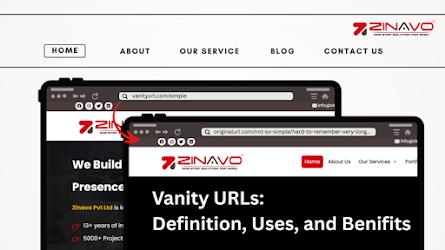How Web Applications Improve Customer Experience?

Introduction: Our digital-first world has never seen higher customer expectations. We want to provide our customers with a fast personalized and easy experience across all platforms. The failure of a business to deliver may result in customers being attracted to competitors whose technologies are more advanced. It is in this situation that web applications play a crucial role in establishing a positive customer experience that promotes loyalty and encourages growth. Web applications can be dynamic, interactive, and responsive , allowing users to interact directly with content, services, and tools. A web application can simplify complex processes while providing a smoother and more enjoyable user experience from eCommerce platforms to customer portals and booking systems. We will explore how web applications improve customer experience and why they have become a necessity for modern businesses in this blog. 1. Faster and More Efficient interactions Speed is important to customer...

